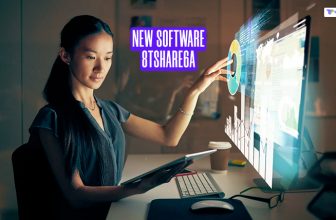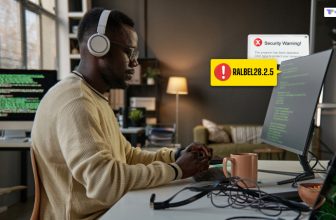
With tailor-made software at the center of virtually all activity in an era of technology, establishing robust, scalable, and secure foundations has become the domain of startups and enterprises.
The new world in the cosmology of custom-made software is OXZEP7, a modular framework of software applications that enables high-performance computing, system integration, and adaptive AI services.
Whether you’re a CTO, software developer, product manager, or business analyst, this Q&A guide will help you create, set up, and utilize software based on the OXZEP7 architecture.
What Is OXZEP7 Software?

OXZEP7 is a new software platform, just like the new software 418dsg7, that empowers modular, distributed applications on cloud, on-premises, and hybrid infrastructures. However, it is especially tailored for:
- Advanced data analytics
- Artificial intelligence and machine learning pipelines
- Secure systems integration
- Real-time communications protocols
- Multi-user application spaces
In practice, OXZEP7 is a template or base layer on which more specialized enterprise applications can be constructed—i.e., however, those that need good performance, security, and smart decision-making.
Why Is OXZEP7 Different From Other Ecosystem Software?
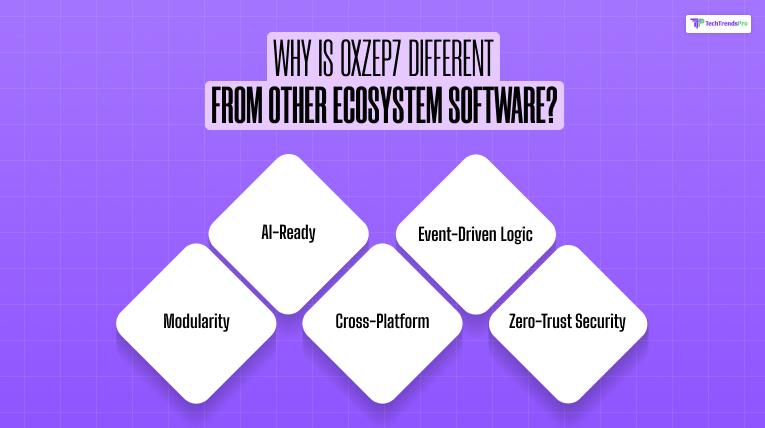
Unlike monolithic templates, OXZEP7 addresses microservices, low-latency messaging, and containerized services.
Some of the most important advantages are:
| Feature | Advantage |
| Modularity | Author only those snippets which you need and maintain in isolation |
| AI-Ready | In-product support of TensorFlow, PyTorch, and ONNX |
| Cross-Platform | Offers support for Linux, Windows, and cloud-native environments such as AWS ECS |
| Event-Driven Logic | Optimized for elastic cloud infrastructure as well as for real-time apps |
| Zero-Trust Security | Intrinsic support for RBAC, encryption, and decentralized control of access |
What Are The Main Components Of The OXZEP7 Architecture?
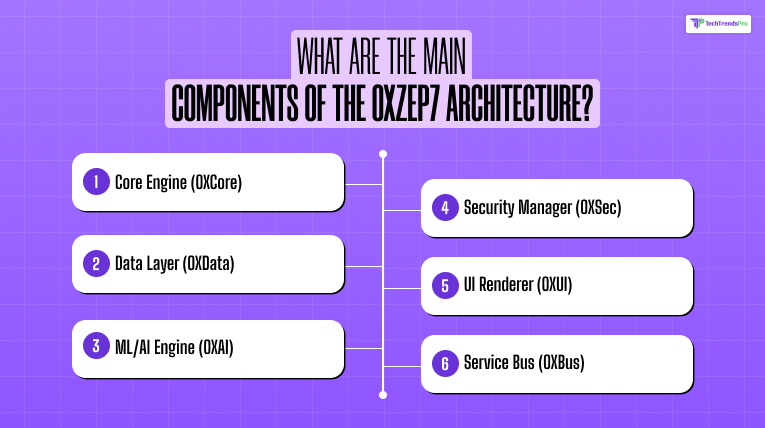
The new software OXZEP7 has six principal modules, like the new software rcsdassk, which can be designed as configurable to replace or extend as necessary for your project:
- Core Engine (OXCore): Offers runtime orchestration, job queuing, and memory management.
- Data Layer (OXData): Manages databases, NoSQL stores, and data streams.
- ML/AI Engine (OXAI): Offers pre-trained models, real-time inferencing, and training APIs.
- Security Manager (OXSec): Offers encryption, authentication, and compliance monitoring.
- UI Renderer (OXUI): Modular frontend engine with React, Angular, and Flutter support.
- Service Bus (OXBus): Microservice-to-microservice communication and asynchronous processing.
What Are The Requirements For OXZEP7-Based Software Development?
However, you need to be:
- Familiar with microservices architecture
- Familiar with Docker, Kubernetes, and API gateways
- Development team experienced in Python, JavaScript/TypeScript, and, optionally, Go or Rust
- Cloud knowledgeable: AWS, Azure, or on-premises cloud deployment
- Concise on use case: Specify if you’re developing an AI pipeline, analytics platform, or enterprise dashboard
What Tools And Languages Does It Use To Develop?
| Component | Language | Tools & Frameworks |
| Backend | Python, Go, Rust | FastAPI, Flask, gRPC, Celery |
| Frontend | JavaScript | React.js, Vue.js, Angular |
| Database | SQL + NoSQL | PostgreSQL, MongoDB, Redis, InfluxDB |
| DevOps | YAML, Bash | Docker, Helm, Jenkins, Terraform |
| ML/AI | Python | PyTorch, TensorFlow, MLFlow, ONNX |
OXZEP7 development tends to happen after a CI/CD pipeline through GitLab/GitHub and is also augmented by ubiquitous monitoring tools such as Prometheus, Grafana, and Datadog.
What Are The Key Steps To Develop OXZEP7 Software?
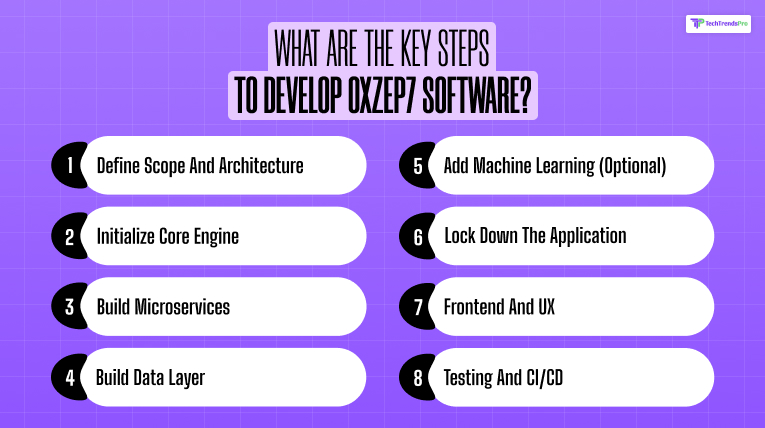
However, here are the steps to follow is you want to develop OXZEP7 software; however, there are other ways as well.
Step 1: Define Scope and Architecture
- Plan module development or reusing modules.
- Moreover, create system architecture sketches.
- While planning for target environments (e.g., AWS, Azure, Kubernetes).
Step 2: Initialize Core Engine
- Meanwhile, clone the OXCore repository or scaffold through the CLI.
- Put into the service registry and discovery.
Step 3: Build Microservices
- However, implement internal APIs and services such as gRPC or REST.
- Package all services into Docker.
- Meanwhile, interleave services with OXBus (message queue or pub/sub).
Step 4: Build Data Layer
- Select relational (PostgreSQL), NoSQL (MongoDB), or hybrid.
- Implement OXData APIs for query abstraction and caching.
Step 5: Add Machine Learning (Optional)
- Meanwhile, put models into the OXAI module.
- Define inference and retraining loop boundaries.
Step 6: Lock Down The Application
- Enable the OXSec module.
- Apply the RBAC/ABAC policy and encrypt the data.
- Enable activity logs and compliance reporting.
Step 7: Frontend And UX
- Create UI with React, Angular, or Flutter.
- Demand UI integration via secure APIs to the backend.
- Deploy using CDN or internal servers.
Step 8: Testing And CI/CD
- Demand unit and integration test with PyTest/Jest.
- Automate deployment via GitHub Actions or Jenkins pipeline.
How Do You Ensure Security In OXZEP7 Software?

While OXZEP7 provides multiple levels of security, which is similar to the new software name 8tshare6a:
- Transport Layer: TLS 1.3 for all.
- Data Encryption: AES-256 for rest; RSA-2048 for public key infrastructure.
- Authentication: OAuth2.0, SAML, biometric (optional).
- Authorization: RBAC + ABAC via JWT tokens.
- Audit Logs: Blockchain-based audit trail via OXSecChain (optional).
- Vulnerability Scans: Integrated with OWASP ZAP and Snyk.
What Are The Most Prevalent Uses Of OXZEP7 Software?
| Industry | Use Case Example |
| Healthcare | Patient monitoring dashboards, AI diagnostics, EHR systems |
| Finance | Customer segmentation software, POS software, and dynamic pricing software |
| Retail | Sensor integration software, traffic optimization software, and a utility dashboard |
| Smart Cities | Sensor integration software, traffic optimization software, and a utility dashboard |
| Cybersecurity | Threat intelligence software, automated response software |
Best Practices For Deploying OXZEP7
- Deploy blue-green deployments to reduce downtime.
- Deploy feature flags to deploy securely.
- Use infrastructure as code (IaC) with Terraform.
- Install real-time monitoring and alerting with Prometheus or New Relic.
- Rotate credentials and security audits regularly.
How Do You Future-Proof OXZEP7 Software For Scalability?
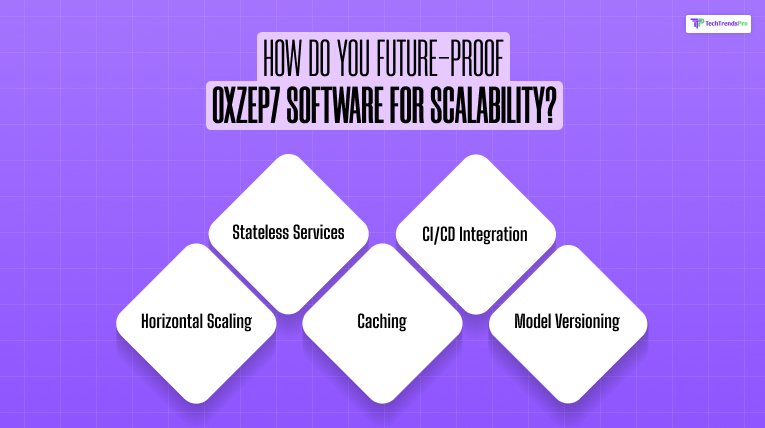
If you are trying to future-proof the OXZEP7 software for scalability purposes. However, here are ways you can go about it.
- Horizontal Scaling: Deploy Kubernetes HPA (Horizontal Pod Autoscaler).
- Stateless Services: Strive to maintain microservices in a stateless condition.
- Caching: Utilize Redis or Memcached to achieve fast data lookups.
- CI/CD Integration: Use automated tests and staging environments.
- Model Versioning: Save and test various AI/ML model versions.
What Are The Licensing And Compliance Considerations?
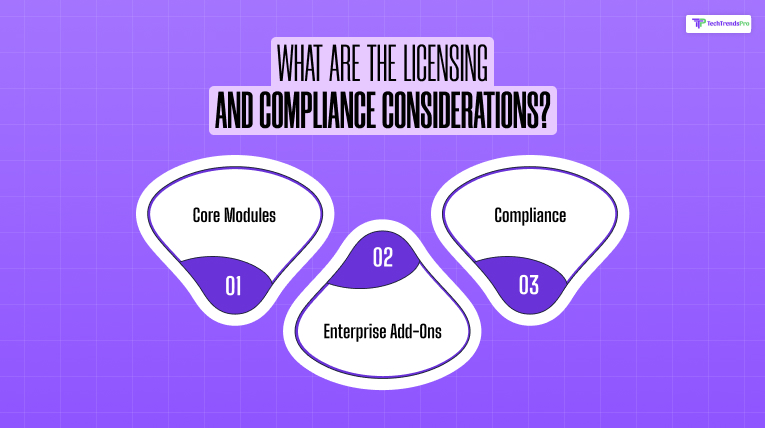
OXZEP7 is normally distributed under a hybrid license model:
- Core modules: Open source under MIT or Apache 2.0 licenses.
- Enterprise add-ons: Commercial licenses with Service Level Agreements.
- Compliance: GDPR, HIPAA, and SOC 2 comply with the documentation provided.
Make sure your project’s use case falls under the terms of the license, particularly for commercial redistribution.
Where Can You Find Documentation And Community Support?
- Official Docs: oxzep7.dev/docs
- GitHub Repositories: github.com/oxzep7
- Developer Forums: dev.oxzep7.community
- Discord Channel: #oxzep7-dev-hub
- Blog and Tutorials: oxzep7.blog
Final Thoughts
Therefore, OXZEP7 is more than just a software framework—it’s a nimble ecosystem that empowers you to create next-generation real-time, AI-driven, secure applications.
Its modular architecture, full developer toolset, and huge developer base ensure that OXZEP7 is a safe bet for developers and teams who want to create high-performance enterprise solutions.
In addition, if you’re developing a machine learning platform, working with IoT devices, or developing secure enterprise applications, OXZEP7 enables you to develop high-performing and responsibly scale applications.
Additionals:




